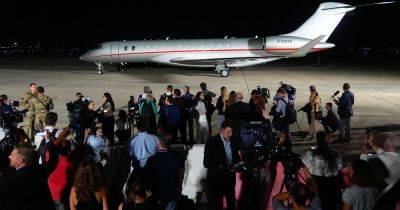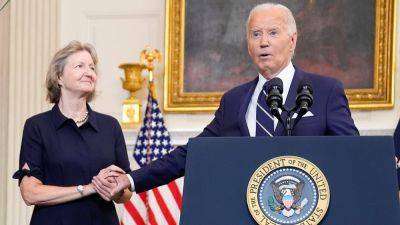Behind the Deal: Spies, a Killer, Secret Messages and Unseen Diplomacy
A turning point came on June 25, when a group of C.I.A. officers sat across from their Russian counterparts during a secret meeting in a Middle Eastern capital.
The Americans floated a proposal: an exchange of two dozen prisoners sitting in jails in Russia, the United States and scattered across Europe, a far bigger and more complex deal than either side had previously contemplated but one that would give both Moscow and Western nations more reasons to say yes.
Quiet negotiations between the United States and Russia over a possible prisoner swap had dragged on for more than a year. They were punctuated by only occasional glimpses of hope for the families of the American prisoners — including Evan Gershkovich, a reporter for The Wall Street Journal, and Paul Whelan, an American security contractor — growing increasingly impatient for their ordeal to end. Those hopes were always dashed when one of the two sides balked.
But the June meeting changed things, according to accounts from American and Western officials and other people familiar with the long process of bringing the deal to fruition.
The Russian spies took the proposal back to Moscow, and only days later the C.I.A. director was on the phone with a Russian spy chief agreeing to the broad parameters of a massive prisoner swap. On Thursday, seven different planes touched down in Ankara, Turkey, and exchanged passengers, bringing to a successful close an intensive diplomatic effort that took place almost entirely out of public view.
The deal between longtime adversaries — negotiated mostly by spies and sometimes through secret messages hand-delivered by couriers — secured the release of Mr. Gershkovich, Mr. Whelan and 14 other Americans, Russians and Europeans imprisoned







